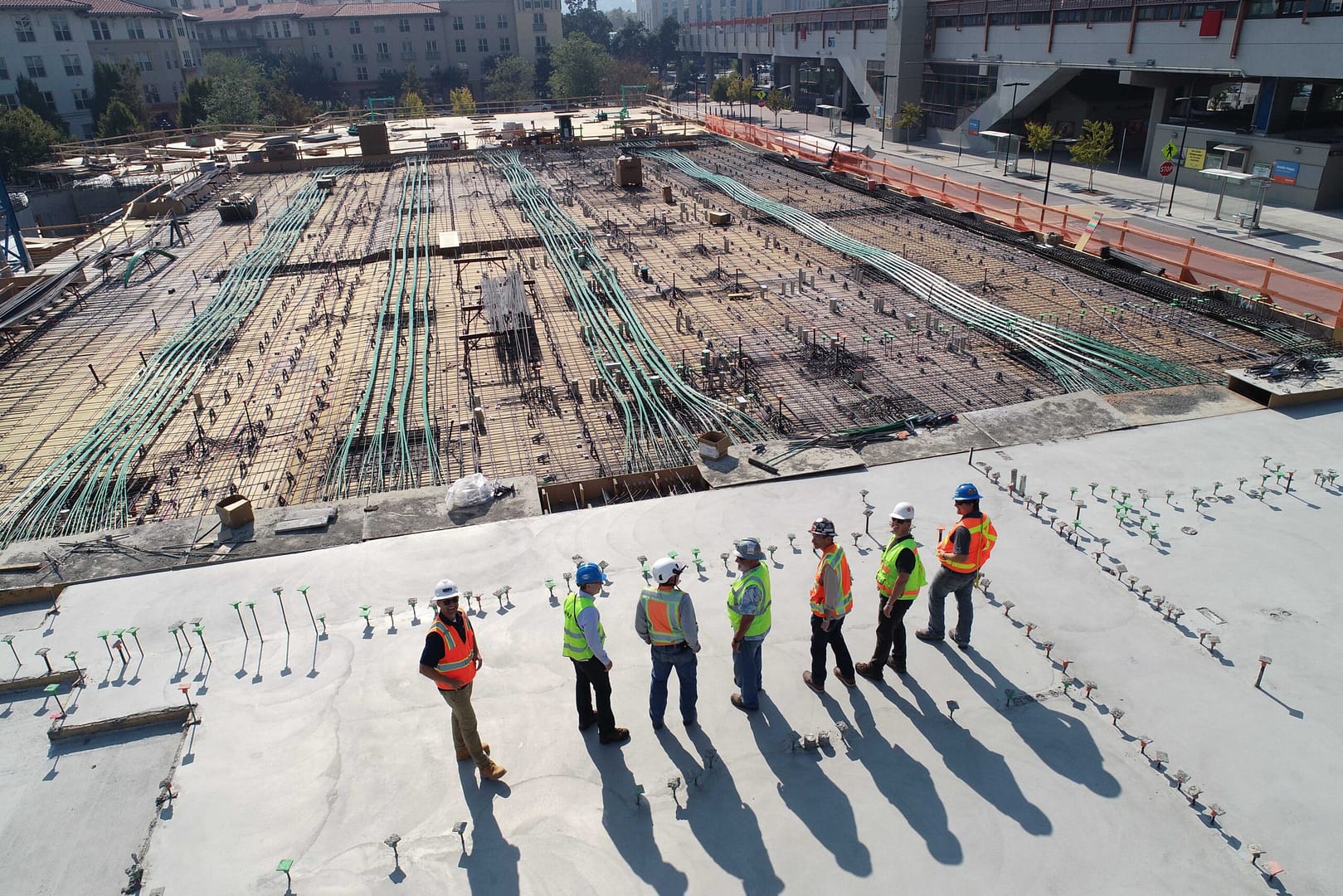In the landscape of commercial building design and construction, energy efficiency has moved from a desirable feature to a critical standard. The revamped Section 179D of the Internal Revenue Code, better known as the Energy Efficient Commercial Buildings Deduction, was expanded under the Inflation Reduction Act of 2022 and plays a pivotal role in this shift. This financial incentive is specifically crafted to encourage the adoption of energy-efficient systems in commercial buildings.
Although the 179D energy tax deduction has been in place for several years, many deductions are still being missed by architects, engineers, general contractors, and subcontractors. This is especially true for projects that qualify under the 2023 expanded eligibility requirements, which provided even more opportunities for taxpayers. Companies who are aware of the deduction and plan proactively may benefit from the deduction year after year.
Expanded Eligibility and other 179D Changes
Effective January 1, 2023, the program was significantly expanded to include energy-efficient buildings constructed for Indian tribal governments, Alaska Native Corporations, and any tax-exempt entity (churches, schools, municipal structures, etc.). The 2023 enhancements have made available as much as $5.36 per square foot in immediate deductions to encourage the construction of energy-efficient commercial buildings and multifamily buildings that are at least four stories tall. The changes also include an increase in the benefits tied to inflation, ensuring that the deduction value keeps pace with economic changes.
In addition, smaller energy-saving improvements, which do not meet the 50% threshold but still achieve significant energy reductions, are also eligible for partial deductions. This step-wise benefit structure enables more projects to qualify for some level of incentive, making the deduction accessible to a broader range of building projects.
Aldrich Insights
- Use 179D as a competitive advantage: As the demand for sustainable buildings grows, businesses and professionals in the building industry should leverage available incentives to stay competitive.
- Consider the 2023 changes: Review your current and anticipated project list and identify any projects which may qualify, keeping in mind the expanded eligibility for buildings constructed for tax-exempt and tribal organizations.
- Plan ahead: Reach out to an advisor who understands the construction industry to vet these projects and plan your next steps.



